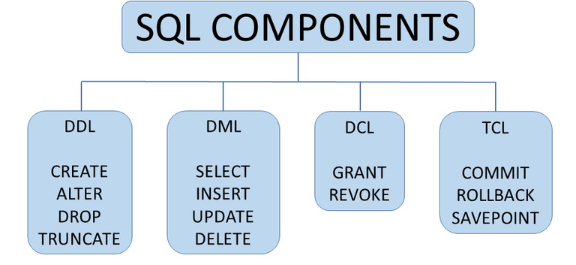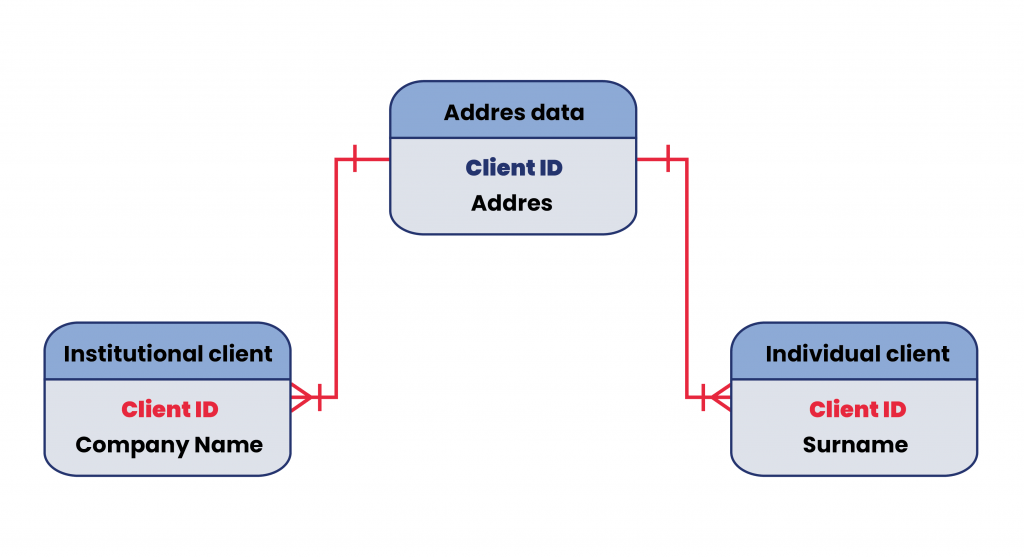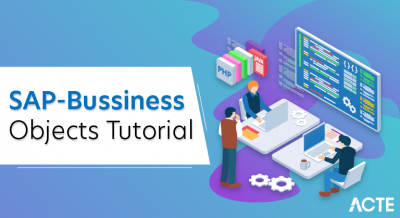
- Introduction to SQL
- What is SQL?
- Why Use SQL?
- Functions of SQL
- SQL Components
- SQL process
- Relational Databases and SQL
- Common SQL Operations
- SQL in Modern Data Management
- Current Trends in SQL
- Conclusion
Introduction to SQL
This is the standard language for working in relational databases, usually called SQL. If you want to learn SQL , you’ll find that it allows you to query, update, insert, or delete data stored in a database. This makes SQL an important tool for anyone in this arena from database administrators to data analysts and is essential for many sectors that rely on data storage and management. For those starting, numerous resources, such as an SQL tutorial, are available to help you get acquainted with its functionalities and best practices. This lesson will cover the fundamental aspects of SQL, including what it is, its parts, and how it’s used with any coding.
What is SQL?
SQL is pronounced either “sequel” or “ess-cue-el,” which turns out to be a domain-specific language applied in programming for managing the data held in relational database management systems (RDBMS). Relational databases store data in tables containing rows and columns. SQL lets users interact with these tables by defining and manipulating the data.
- Extracting the Data: SQL allows data to be retrieved from one or more tables stored in the database. This is usually done using queries written to show what data you want to recover and under what conditions.
- Data Manipulation SQL allows modifying data in a database. This can be done by inserting new records, updating existing data, or deleting records.
- Database Building and Managing: SQL allows you to make, update, and delete databases and tables. It is the building blocks of relational databases.
- Data Control: SQL provides many functionalities that allow you to control access and ensure that data is accessible and changeable only by authorized users.
- Standard: ANSI and ISO recognized and standardized SQL. SQL is coherent and trustworthy, with methods of interaction with databases across different platforms for packages such as MySQL, PostgreSQL, and Microsoft SQL Server.
- Ease of Use: SQL is a robust language, but it is simple to learn and use, from what I have picked up so far, especially for basic things. It’s declarative, allowing the user to specify the data of interest being retrieved or modified without concern about how the database engine is going to process it.
- Data Integrity and Security: SQL enforces data integrity using constraints, triggers, and rules. It also provides security features that restrict data access for particular actions and functions.
- Interoperability: SQL can be combined with other programming languages (such as Python, Java, or PHP) to enhance the power of applications. Many applications, such as websites or business management systems, rely on SQL to store, retrieve, and manipulate their data.
- CREATE: Creates new tables, databases, etc. It is used to create new database objects.
- ALTER: Changes the structure of an existing table. It is used for modification purposes.
- DROP: Removes tables, databases, or other objects.
Eager to obtain your SQL Professional Certification? Check out the SQL Certification Course now offered at ACTE!
Why SQL?
SQL is an integral part of many database systems for multiple reasons:
Functions of SQL:
SQL provides various functions that make managing and manipulating data within relational databases easy. The key functions enable querying data using SELECT and filtering records through the WHERE clause. Aggregate functions allow for summarizing data through calculations on multiple records; COUNT() calculates the number of records, SUM() adds values within records, and AVG() computes the average. Understanding these functions is essential for effective Data Modelling , as they help define how data relationships and aggregations are structured within the database. SQL also provides string functions (for example, CONCAT(), SUBSTRING()) for string data manipulation and date functions (for instance, NOW(), DATEDIFF()) for date data processing. It also supports mathematical functions such as ROUND() and ABS() for numerical calculation and conditional functions (CASE and COALESCE() function) to process conditions inside a query. Window functions also calculate aggregated values over a set of rows related to the current row, thus further expanding the analysis capabilities.
SQL Components
SQL comprises several key components, each serving different purposes in database management. Below, we’ll explore the principal elements of SQL.
1. Data Query Language (DQL)
This SQL part is to get data from the database. The most used operation in DQL is the `SELECT` statement, which retrieves data from one or more tables. DQL does not update but only reads and retrievesreads and retrieves information used by the users.
2. Data Definition Language (DDL)
DDL commands concern the database’s structure and schema. They refer to commands used to define, modify, or delete any defined structure for database objects like tables, indexes, and relationships.

3. Data Manipulation Language (DML)
DML commands are used to manipulatable. They support adding, modifying, and removing data in the database.
- INSERT: It adds a new record to a table.
- UPDATE: It modifies existing data in a table.
- DELETE: It removes records from a table.
- GRANT: This is a command for extending permissions to the users for accessing.
- REVOKE: The command will delete the permissions of the users’ access.
- COMMIT: Saves the current transaction permanently to the database.
- ROLLBACK: It reverses the database to the state before the current transaction starts.
- SAVEPOINT: Sets a savepoint in a transaction, thus allowing partial rollback.
4. Data Control Language(DCL)
DCL commands relate to the database system’s rights, permissions, and other controlling aspects. These commands ensure that only authorized individuals can access or modify data. If you want to effectively manage these permissions, it’s essential to learn SQL , as understanding DCL is a critical part of working with database security and user access management.
5. Transaction Control Language (TCL)
TCL commands regulate the database’s transactions. Transactions combine several SQL operations into one unit that executes either in its entirety or not at all.
Achieve your SQL Certification by learning from industry-leading experts and advancing your career with ACTE’s SQL Certification Course.
SQL process
- DDL:All the commands are concerned with creating, dropping (removing) or modifying the database structure.
- DML:Commands concerning adding new data, deleting, updating the existing data, or retrieving data in the tables.
- DCL:Commands for issuing grants and revokes to manage access rights. Transaction Control Language (TCL): COMMIT and ROLLBACK commands control transactions.
- PK: This is a unique identifier for every record in a table. To ensure that every record is unique, no two rows can have the same primary key.
- FK: This key establishes a relationship between two tables. It points to the primary key of some other table, linking the records of both tables.
- One-to-One- Each record in the first table links to exactly one record in the second table.
- One-to-Many- One record in one table can link to more than one record in another table.
- Many-to-Many- Links between records of two tables can be to more than one record of each other.
- With cloud computing rapidly gaining popularity, cloud-based database services—including Amazon RDS, Google Cloud SQL, and Azure SQL Database—have emerged. Organizations find it easier to deploy and manage SQL databases using these services, which are scalable and flexible and reduce infrastructure management.
- As the data volume increases, warehousing solutions that can support complex queries and analytics are more important. Snowflake and Google BigQuery platforms rely on SQL, which readily integrates advanced analytics capabilities to efficiently derive insights from large datasets
- SQL is also increasingly integrated with big data tools like Apache Spark and Hadoop. Solutions like Apache Hive and Presto make SQL-on-Hadoop available to users who need to run SQL queries on terabytes of unstructured data-anything but a break in the gap between a SQL solution and big data analytics.
- SQL databases now support machine learning and artificial intelligence. Some platforms now support predictive analytics through SQL queries, which enable easier data analysis and the building of models directly within the database by data scientists.
- Modern SQL databases focus on performance enhancements, including in-memory processing and distributed architectures to handle large data effectively. These enhancements also enhance the speed of query processing and resource management.
- All the growing strictures on data privacy call for SQL databases to implement more robust security features. Security features such as advanced encryption, role-based access control, and auditing capabilities are becoming the norm to secure sensitive data.
Database Connection: To begin with, the database has to be connected, which mostly takes the form of use through a DBMS and may well require authentication by some means, such as a username and password.
Writing SQL Statements: After the connection, a user can write SQL statements to perform several operations. Those statements may contain the following:
Execution of Queries: The DBMS executes the SQL statements by parsing, validating, and optimizing the queries. The process can include creating execution plans to identify how best to access or change the requested data.
Data Retrieval and Manipulation: After execution, the DBMS retrieves or modifies the data specified in SQL statements. Results can be returned to the user, primarily as a result set for queries or as confirmation messages when the data is modified. This process is a fundamental aspect of Data Manipulation in SQL, allowing users to effectively interact with and manage their data.
Result Processing: Users can further process the results returned by the DBMS. For a SELECT statement, this could include formatting the retrieved data for a user, but for a DML command, this may involve actions taken after confirmation that modifications are complete.
Closing the Connection: Lastly, users must close the database connection once the operations are over to free up the resources and maintain security.
Relational Databases and SQL
A relational database is designed around the idea of discovering relationships between different tables. Each table is often referred to as a “relation,” comprising rows (also known as records) and columns (also known as fields or attributes). SQL was specifically engineered to manage this data structure, making it easier to store, retrieve, and analyze data efficiently.
1. Tables:
In a table of a relational database, columns and rows form the basics of it. In every row stands a record, and in every column is an attribute of the data, name, age, or date of birth. SQL allows users to create, modify, and query tables.
2. Keys:
Keys are part and parcel of relational databases and SQL since they assure data integrity by establishing relationships between tables.

3. Relationships:
The relationships link tables of a relational database. There are three categories of relationships:
Common SQL Operations
Though SQL can perform many complex operations, some of the most basic operations are involved with database management:
1. Data Retrieval:
The main use of SQL is data retrieval from a database. This includes queries that filter data based on specific conditions, such as retrieving all customers in a given city or all employees with salaries greater than a certain amount. While SQL excels in structured data retrieval, Apache Cassandra offers an alternative approach for managing large volumes of distributed data, enabling efficient querying in environments where traditional SQL may face limitations.
2. Joining Tables:
Data in a relational database is typically spread across multiple tables. SQL allows users to associate multiple tables based on common keys, effectively bringing back related data from multiple sources.
Looking to Master Data Science? Discover the Data Science Master Program Available at ACTE Today!
3. Sorting and Grouping
SQL provides features allowing you to sort information based on certain attributes; for example, you can sort a list of employees chronologically by hire date. You can also group information, which can be useful for summarizing information, such as finding total sales by department.
4. Aggregation
SQL can compute the average salary of employees or total sales for some period. Aggregate functions are very helpful in drawing reports and analyses.
SQL in Modern Data Management
Data has become the nectar of the business and technology world. SQL has been one of the basic management tools for structured data in this scenario. As recent trends of big data and NoSQL DBMSs have emerged, newer systems for managing data are on the anvil. However, SQL remains highly utilized due to its simplicity and the robustness with which it interfaces with other systems. Tools like MySQL Workbench further enhance SQL’s capabilities, providing a user-friendly environment for database design, querying, and management. SQL is crucial to any modern application, be it in online stores or even banking systems. It gives ways of effective storage and retrieval of data as well as its management through easy extraction to help businesses use their data effectively.
Current Trends in SQL
Getting Ready for an SQL Job Interview? Browse Our Complete Set of SQL Interview Questions to Aid Your Preparation!
Conclusion
SQL happens to be such an important tool for any user of relational databases. This language allows the manipulation of data structures, querying information, and maintaining data integrity, making it the prime language for database management. For those looking to enhance their skills, learn SQL is essential, as it represents a future-proof role in structured data management. Many resources are available, including an SQL tutorial, that can help you grasp the fundamentals and advance your knowledge in this data-driven world, presenting numerous opportunities for growth and development. This tutorial covered SQL’s fundamental ideas and components, explaining their roles in a database.






